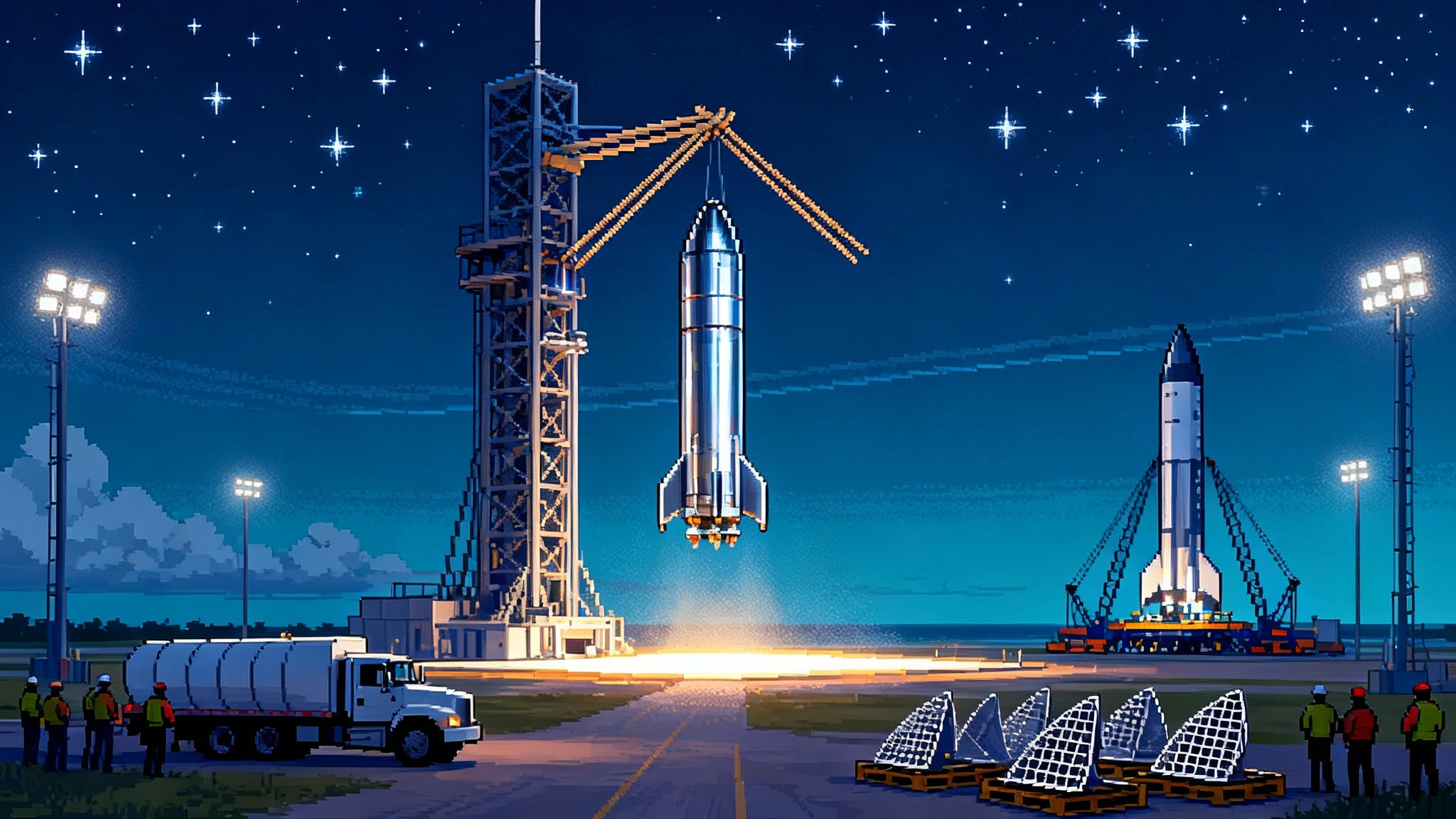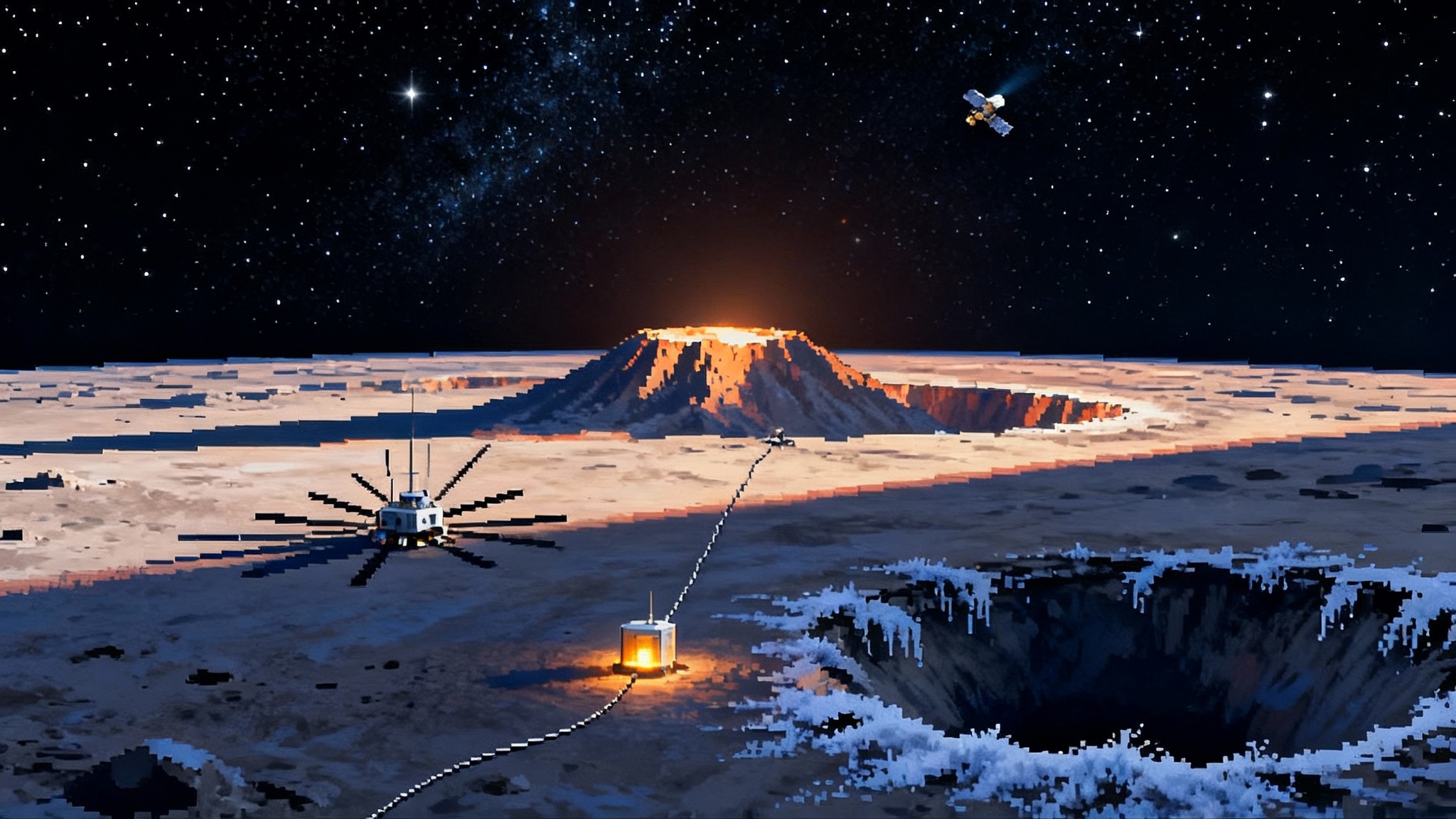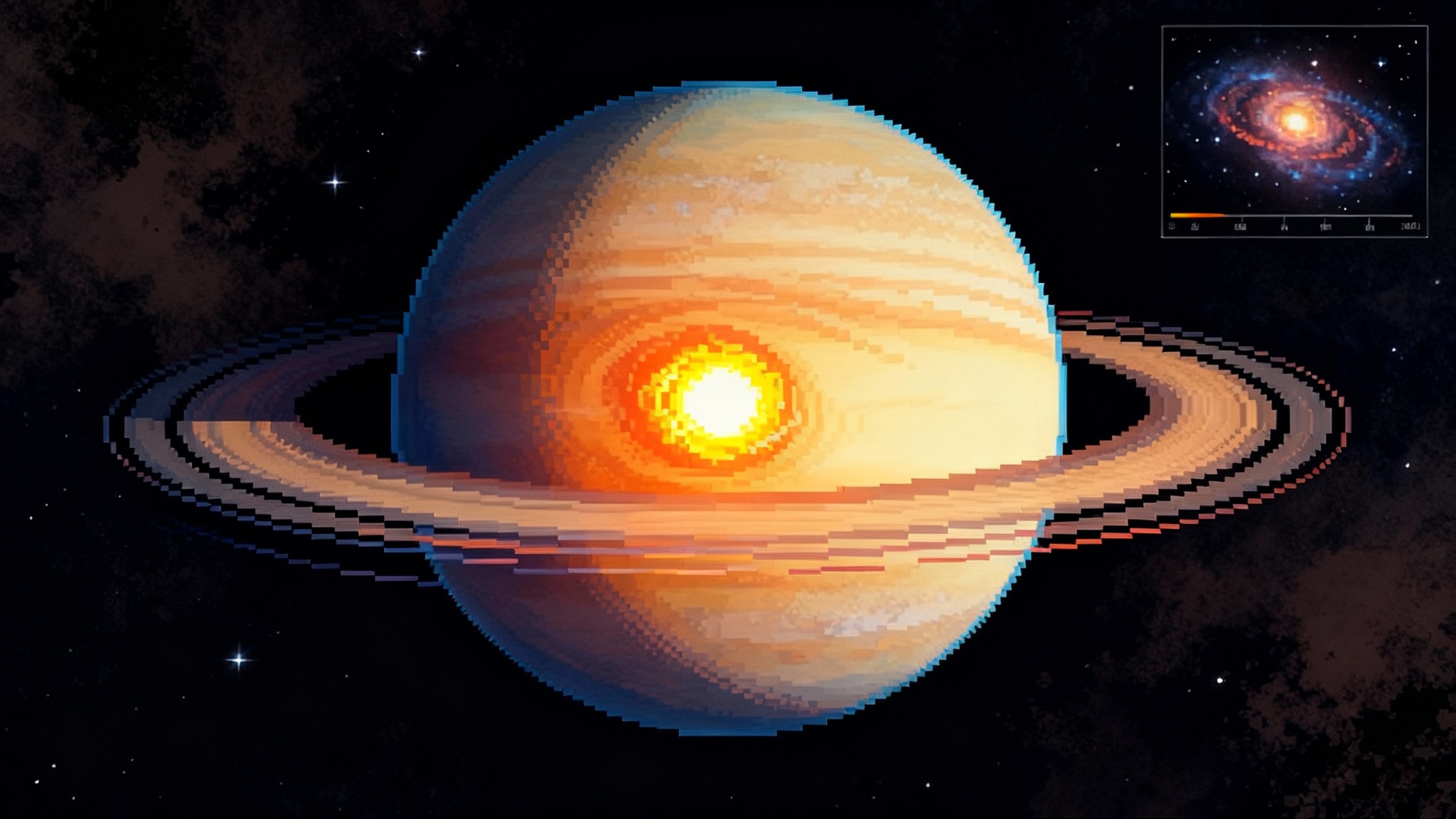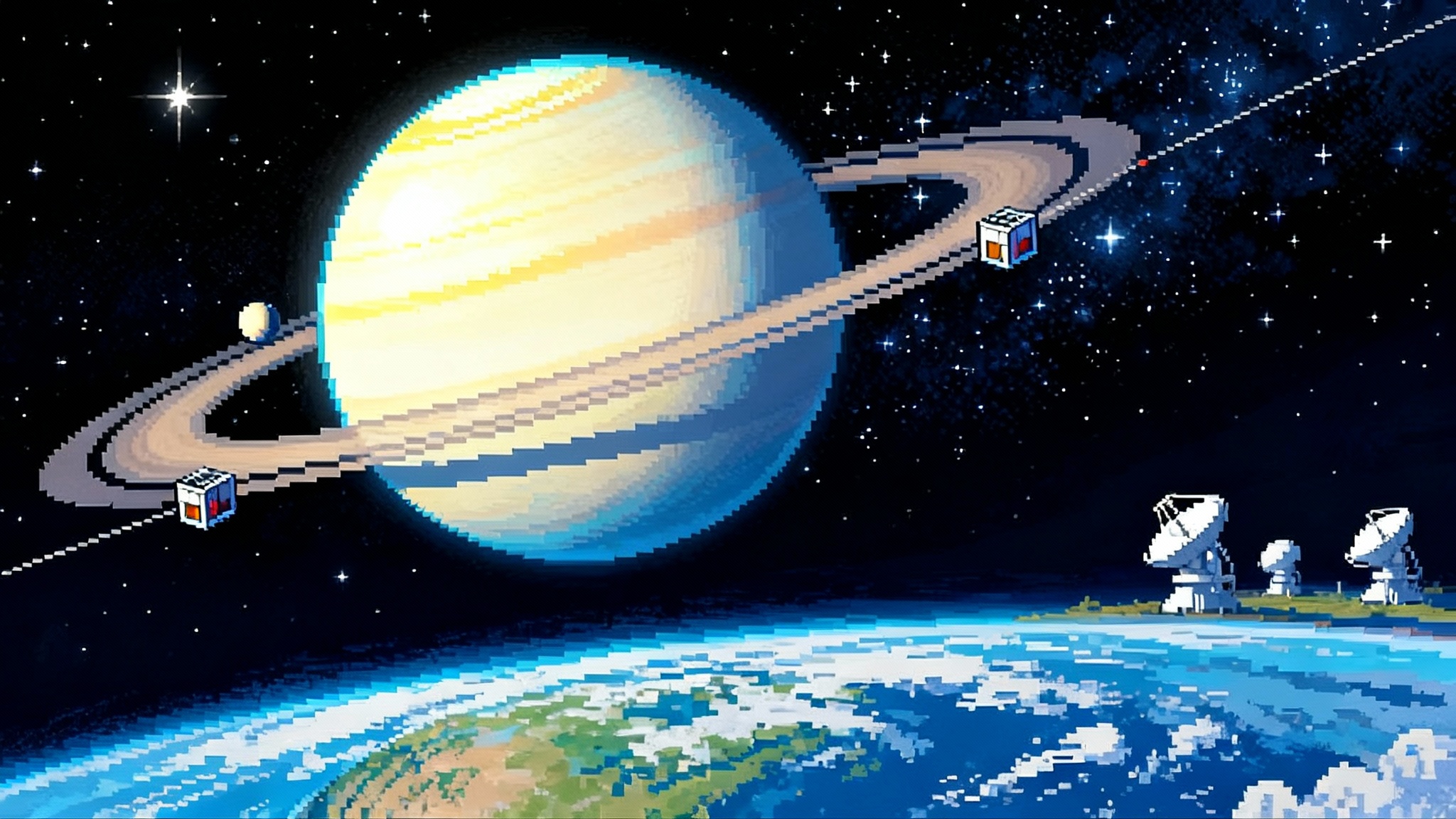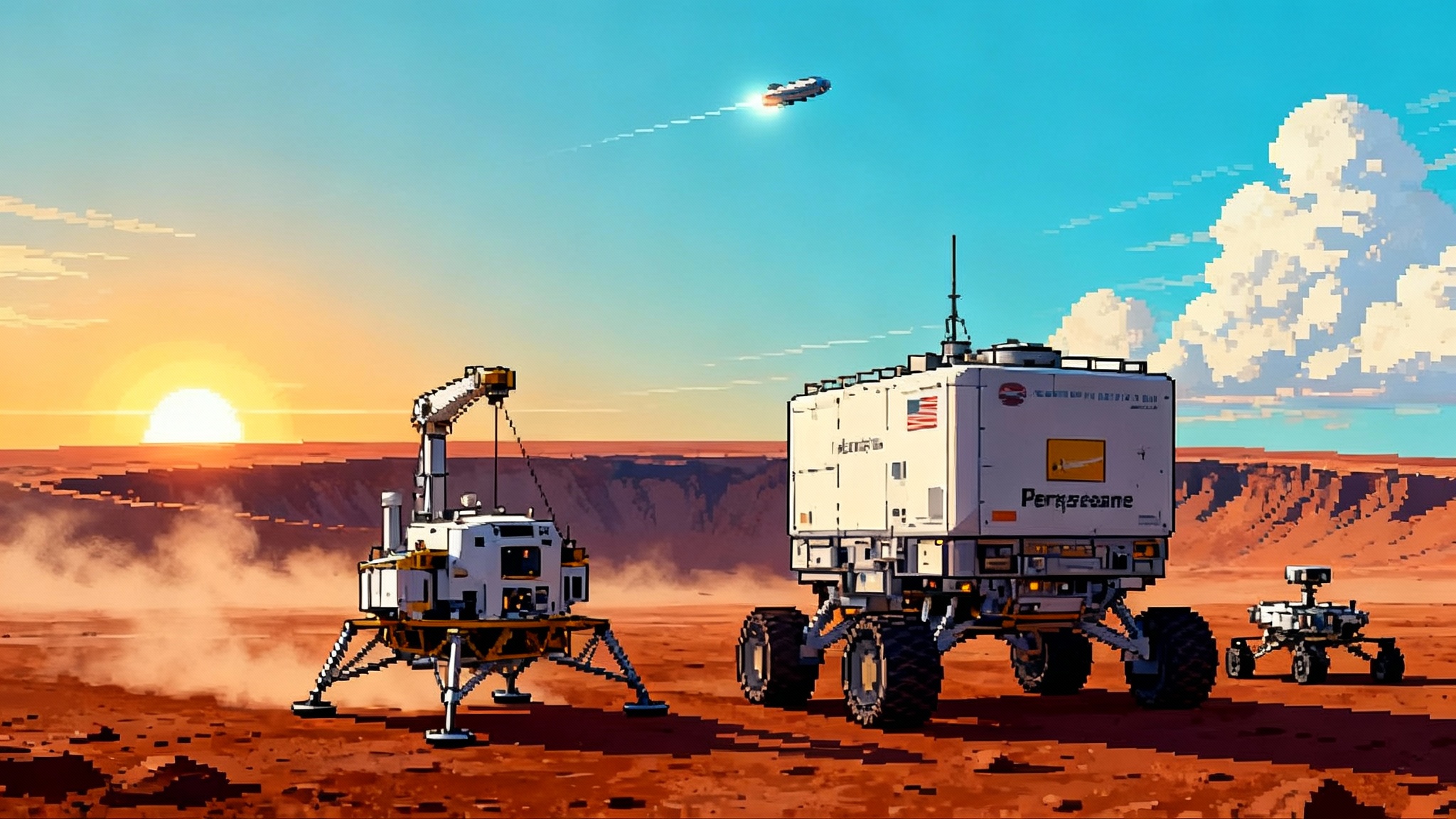Rubin’s first images to first alerts: the real-time sky begins
With first images unveiled in June 2025, the Vera C. Rubin Observatory has entered commissioning toward nightly, petabyte-scale scans. Over the next year, real-time alerts will change what gets discovered, by whom, and how fast astronomy responds.
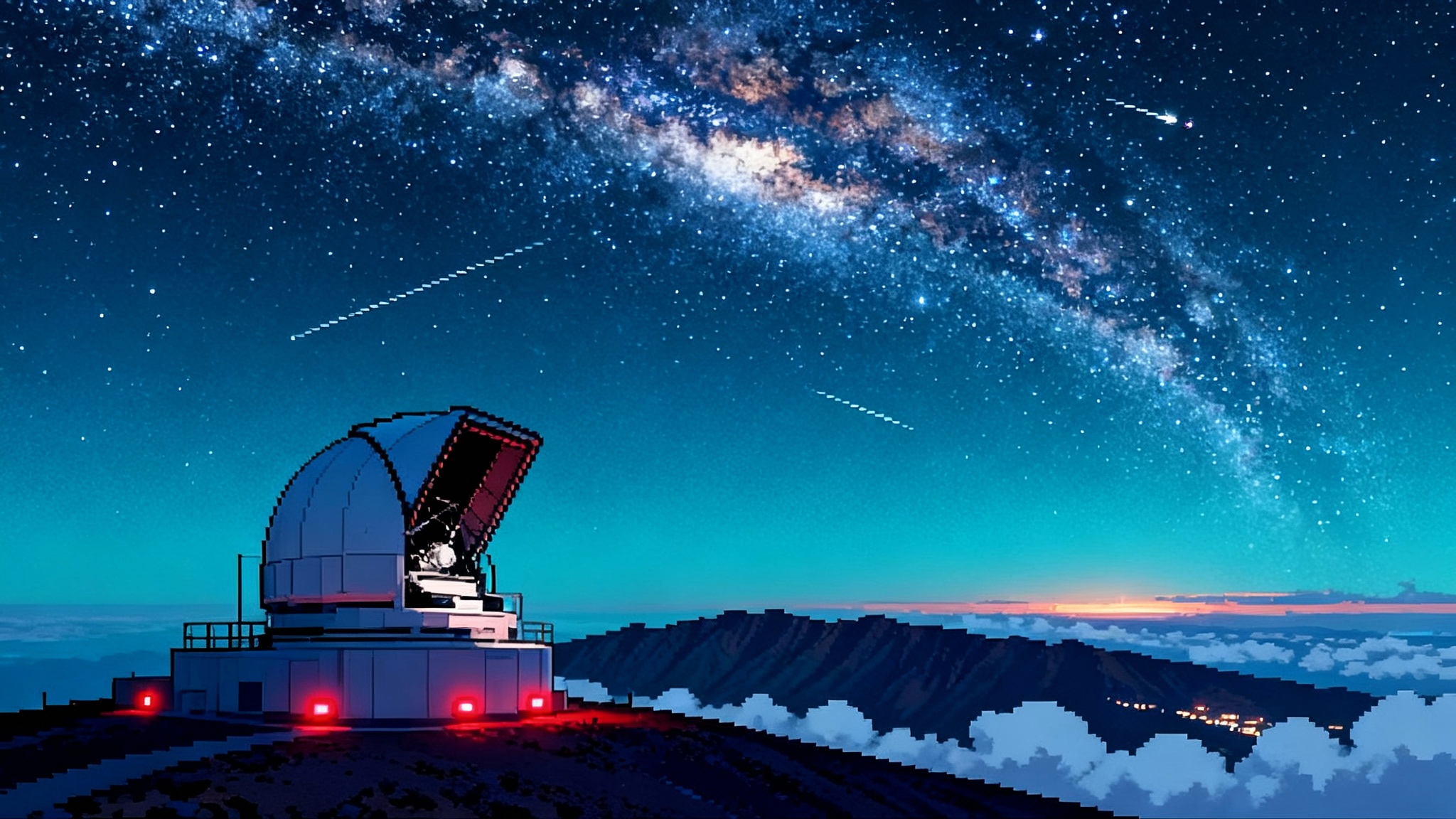
The night the sky flipped to real time
On June 23, 2025, a new habit began in astronomy: the sky started talking back in real time. At a press event in Washington, the National Science Foundation and the Department of Energy unveiled the Vera C. Rubin Observatory’s first images. In barely over ten hours of test observing, Rubin recorded millions of galaxies and stars and flagged 2,104 previously unknown asteroids, including seven near‑Earth objects that posed no risk. This was not a fireworks show. It was a systems check that proved the machine works at scale, a preview of a decade when the southern sky will be scanned every few nights and changes will be reported within moments. You can see that turning point in the official announcement, where Rubin released its first imagery.
Rubin’s basic idea sounds simple: take a very wide, very deep picture of the sky, then take another one soon after, then repeat for ten years. The execution is anything but simple. An 8.4‑meter mirror and the world’s largest digital camera, at 3,200 megapixels, produce images that cover 9.6 square degrees each. Every clear night, the system will generate over 20 terabytes of data. Across the survey, the tally will run to hundreds of petabytes. The point is not the pixels themselves. It is what changes between those pixels from one visit to the next.
From photons to pings: how an alert is born
Think of Rubin as a city‑wide network of motion sensors. Except the city is the sky. The observatory revisits each patch every three to four nights, often pairing two 15‑second exposures per visit to catch moving objects and reduce false positives. The data pipeline subtracts a fresh image from a reference image to spot any change. When something new or suddenly brighter appears, a compact data packet is assembled with position, brightness history, postage‑stamp cutouts, and context. That packet is published for the community within about a minute of shutter close, and the process repeats all night long. By design, Rubin’s software and scheduling aim to deliver on the order of ten million such alerts per night. If you want the plain‑English version, Rubin has a helpful explainer on how the alert stream works.
Those alerts do not go to your inbox. They go to community brokers, specialized services that ingest the river of alerts and filter, score, and enrich them. Names you will hear often are ALeRCE, ANTARES, Fink, Lasair, AMPEL, Baba‑Mul, and Pitt‑Google. Some already sort alerts from the Zwicky Transient Facility and other surveys, and they have spent years training algorithms on simulated Rubin data challenges so they can triage in seconds what would take humans weeks.
What we will find faster in the next year
Rubin’s commissioning will ramp through late 2025 into early 2026. That period will still be testing, but it will not be quiet. Here is what will speed up first.
-
Near‑Earth asteroids and other moving objects: Rubin’s cadence and depth are designed to catch objects 140 meters across at great distances, which means more warning time. During the first‑look run, the system found over two thousand new asteroids in a single night of test imaging, which hints at the pace to come. The Solar System Processing pipeline links same‑night detections into tracklets, then links tracklets across nights to compute orbits and report discoveries to the Minor Planet Center. For a sense of why these populations matter, revisit Lucy’s bowling-pin asteroid. Expect faster flags on potentially hazardous asteroids, earlier cues for radar and spectroscopy follow‑up, and a higher fraction of well‑constrained orbits.
-
Early supernova warnings: Type Ia supernovas are most valuable scientifically in their first days, sometimes hours. Rubin’s revisit schedule and depth make young supernovas stand out in difference images. Brokers will promote the best candidates almost immediately for spectroscopy on four‑ to ten‑meter telescopes, and for high‑value targets on Gemini, Keck, and space observatories. The prize is a detailed timeline from first light through peak, which can tighten constraints on explosion physics and improve cosmological distance measurements.
-
Rapid counterparts to gravitational waves and gamma‑ray bursts: The next observing runs of gravitational wave detectors will continue to produce broad sky localizations. Rubin’s tiling speed will help sweep those regions quickly, and brokers will cross‑match candidates with catalogs and context to narrow the list for spectroscopy and radio follow‑up. For gamma‑ray bursts and afterglows without high‑energy triggers, Rubin’s alert stream will surface fast‑fading transients for robotic telescopes to track.
-
Oddities and rare beasts: Tidal disruption events, luminous red novae, microlensing events, interstellar comets, and things we do not yet have names for will appear as statistical outliers in a massive alert stream. The outliers are exactly where Rubin excels, because the survey sees so much sky so often that rare becomes routine. See our case study on a starless planet feeding frenzy and our evolving Kuiper Belt playbook.
First images are done. Commissioning is work.
Installing the LSST Camera on the telescope in March 2025 marked a decisive hardware milestone, but commissioning is equally about software, calibration, and end‑to‑end throughput. The team is iterating on the autofocus systems, wavefront sensing, pointing model, and the scheduler that juggles science cases with weather and satellite avoidance. Small improvements add up: a tighter point‑spread function means better subtraction, which means fewer false positives and cleaner alerts.
Rubin is also using commissioning data for public pilots. Data Preview 1, released at the end of June 2025, packaged a few thousand exposures from the Commissioning Camera campaign. On top of that, Rubin launched its first citizen science pilot on Zooniverse, Comet Catchers. In the first day, a few hundred volunteers made tens of thousands of classifications. That is not a gimmick. It is a proving ground for tasks that humans still do better than machines, like spotting faint, oddly shaped comae or rejecting tricky artifacts that mimic motion.
Brokers, AI, and the end of manual triage
The uncomfortable truth of Rubin is that no one can read the whole feed. Even large collaborations cannot. That is why the brokers matter. They apply machine learning models trained on millions of examples to score the probability that an alert is a supernova, an active galactic nucleus flare, a fast mover, or a bogus detection. They also cross‑match with external catalogs, add photometric redshift estimates, and track historical variability.
If you lead a science group, you will make choices that used to be optional. Which broker’s labels you trust for what classes. Which confidence thresholds you set for automatic triggers to expensive follow‑up. Whether you accept photometric classifications for some papers or insist on spectroscopy. In practice, teams will run ensemble strategies, blending models from multiple brokers with their own task‑specific filters. Expect a new wave of short, method‑heavy papers in late 2025 and early 2026 that benchmark broker performance on real Rubin alerts for specific science cases.
One area to watch is active learning. Several broker teams have pipelines where human feedback on small samples teaches the model to recognize a new subclass or to adapt to changing instrument conditions. The payoff is fast: a handful of classifications tonight can improve rankings tomorrow.
The challenges we need to name and manage
-
Satellite trails and twilight: Low Earth orbit satellites are bright enough to streak Rubin images, especially at twilight when many Solar System targets are observed and when the observing geometry produces the most trails. The project and its partners are working on multiple fronts: predictive avoidance with better orbit and brightness models; sensor‑level calibrations to deal with charge diffusion along bright trails; and post‑processing masks that flag contaminated pixels. The goal is not to pretend trails do not exist. It is to quantify and minimize lost science, especially for the rarest events and for moving object discovery near the horizon.
-
Alert deluge: Ten million alerts per night is a feature, not a bug, but it will overwhelm unprepared groups. Build filters that are specific, test them against simulated streams, and keep them light enough to run in real time. If your science can tolerate a 24‑hour delay, you can trade immediacy for reliability and cost by pulling from broker databases rather than from live streams.
-
Follow‑up scarcity: The real bottleneck will not be discovering transients. It will be measuring them. Photometry is cheap and fast. Spectroscopy and high‑cadence follow‑up are not. Teams should adopt Target and Observation Manager tools and establish pre‑approved programs on queues that can respond within hours. Shared playbooks across institutions will matter more than one‑off hero nights.
-
Compute and storage gravity: Raw Rubin images and internal catalogs are huge. Even if you never touch the raw frames, the cutouts and light curves you will want to analyze will add up. Plan for your own object storage, or budget for cloud pulls from broker archives, and automate deletion policies. Put simply, do not download what you will not analyze in a week.
-
Equity and access: Rubin’s data rights model opens the science to a wide international community, but access to computing, storage, and telescope time is uneven. This is solvable with shared broker‑level filters, public notebooks on the Rubin Science Platform, and coordinated training. Teams that build tools with low friction will find partners and citations.
What changes for discovery, who discovers it, and how fast others adapt
-
Discovery shifts from a noun to a verb: In the last era, discovery happened when an object made it onto the Minor Planet Center’s list or the Astronomer’s Telegram. In the Rubin era, discovery is a continuous process. The first alert names a candidate. The next hour’s broker update raises or lowers its odds. The day’s follow‑up seals the case. Papers will begin with how the pipeline decided to care.
-
New discoverers enter: Citizen scientists gain leverage when the problem is recognizing the odd one out in a sea of look‑alikes. The first Zooniverse pilots will expand, and national networks of high schools and universities with small telescopes will contribute essential confirmation photometry, freeing large telescopes for spectroscopy. Expect the first Rubin‑enabled citizen discoveries, especially of slow movers and dwarf novae, within months.
-
Observatories downstream must adapt: Facilities that rely on email requests and human schedulers will miss Rubin’s fastest targets. Queue scheduling, robotic operations, and programmatic interfaces will become the default for follow‑up. The observatories that thrive will publish latency budgets and response statistics and will offer standard, scriptable sequences for common targets.
-
Journals and reviewers recalibrate: Photometric classifications at scale are unavoidable. The community will refine norms for when they are acceptable as primary evidence, and when spectroscopy is required. Method transparency will be valued. Expect more data‑descriptor papers that document filters, thresholds, and failure modes.
A practical playbook for the next six months
-
If you lead a team: Pick two brokers to integrate now. Implement a minimal viable filter that returns under a thousand alerts per night for your science case. Wire it to a Target and Observation Manager and link to at least one robotic photometry resource and one spectroscopy queue. Measure end‑to‑end latency from alert to first follow‑up. If it is over twelve hours for time‑critical classes, fix the bottleneck.
-
If you are a small observatory: Join an existing follow‑up network rather than building your own. Offer a clear response time chart, a standard set of filters, and guaranteed time slices for Rubin targets. Publish your success rate. Time‑domain astronomy is a trust economy.
-
If you are building models: Use simulated Rubin streams and public previews to harden your classifiers against changing seeing, airmass, and Moon phases. Add an abstain option so your system can flag uncertain cases for human review instead of guessing. Monitor drift. Retrain often.
-
If you are a citizen scientist or educator: Start with the official pilots. These are curated to be scientifically useful and to test exactly the kinds of pattern recognition that humans still outperform. When you find something odd, follow the project’s reporting guidelines so it can be acted on quickly.
-
If you are planning for planetary defense: Coordinate cadence and response with radar and thermal infrared assets. The gain from Rubin is early warning and volume. The loss is that many objects will be faint when discovered. Rapid astrometry and a few high‑signal photometric points within days will save weeks of uncertainty and keep orbits from going stale.
The new normal, beginning now
The first images were a statement: the hardware is on sky, the camera is installed, the software is closing the loop. Over the next year, the nightly rhythm will solidify. Alerts will flow, brokers will disagree and improve, follow‑up will get slicker, and the number of stories that begin with “Rubin flagged” will climb.
The real‑time sky does not reward passivity. It rewards teams that measure their end‑to‑end latency, automate the boring parts, and save attention for the rare and the weird. The delight here is not just in speed. It is in scale. The search space gets so big that subtle becomes findable and rare becomes inevitable. That is the era we are walking into, not with a bang, but with a steady stream of actionable pings. The night is still quiet outside. Inside the data centers, the sky is already live.
